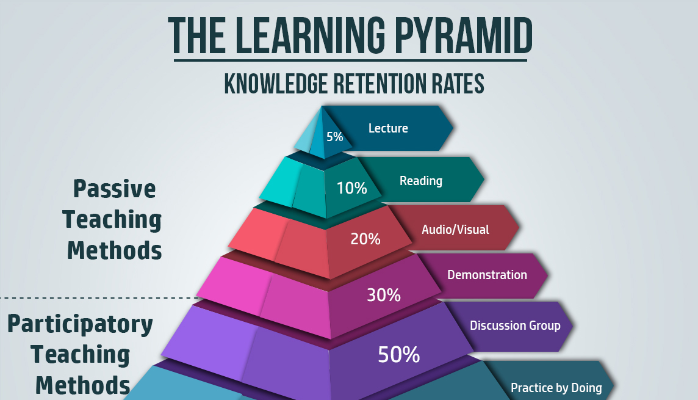
I’ve learned first hand in the school of hard knocks! Failed/fired numerous times, picking myself up and digging deeper into the data. I was tired of surveys saying that I didn’t “get it”, that we failed to connect/engage the true Needs, and that it was not being applied on the job. So what I’m about to share are my Pearls, polished by failure, data and several committed Executive Team’s over the last 10 years: My Top 3-Reasons why leadership training programs fail:
Reason #1: Lack of alignment on the Executive Team…Creating a three headed monster.
The monster of Ambivalence whispers to the culture, “If the CEO misses often, how important can this really be?”
The monster of Confusion nags every event, “Why do we have to do this, I’ve got important goals and deadlines to meet?”
The monster of Doubt and his cousin the Fear of Failure visit every strategic discussion the Executive Team has about training. The lack of clarity around key results/outcomes gives the program director and team nothing to focus on or measure. The program gets cut before it ever had a chance…and the verdict was how the content/HR partner missed the mark.
Reason #2: Lack of a clear/compelling Strategic Context
All Leaders must believe the training program is going to help the company achieve it’s mission/vision and key strategic objectives. If you do not start with Why and make it real for the core leadership team, you will lose them at Hello! Additionally, the team must connect the training as supporting them personally and professionally in pursuit of their most important goals on the job. You have to connect WIFM in an authentic way, wrapping the content inside of the company’s culture/core values/goals.
Reason #3: Failing to Integrate Training Program into the Culture/On the job!
For 90% of companies today, training is something that happens at events and mostly outside the company. Leadership turns to the big national firms, concluding who am I to train/develop my people? All the research “suggests” event driven learning alone seriously misses the mark.
The Learning Pyramid and the 70/20/10 rule of adult education inform us that 70% of “skill development” (moving the needle) occurs on the job.
Here are three practical steps to integrate your training efforts into your culture:
#1: Keep your training sessions short/focused on the “real world” problems that can be defined w/specific examples given. Discuss the implications of the problem, before offering any solutions.
#2: Teach best practices and tools that your audience has access to. If you are going to give them a tooth ache by poking at the abscess, better provide the remedy.
#3: Create small peer groups (6-10 members ), that enable ideological discussion/debate on how to apply the lessons on the job. Always create small group questions that draw out the key points, principles and applications. Always give assignments that drive “on the job” application.
I hope you found this helpful and that you will pass this along to your CEO, Director of Corporate Training or HR Director. Growing socially responsible, purpose driven leaders is the hope of the world and my personal mission! #spreadtheword
